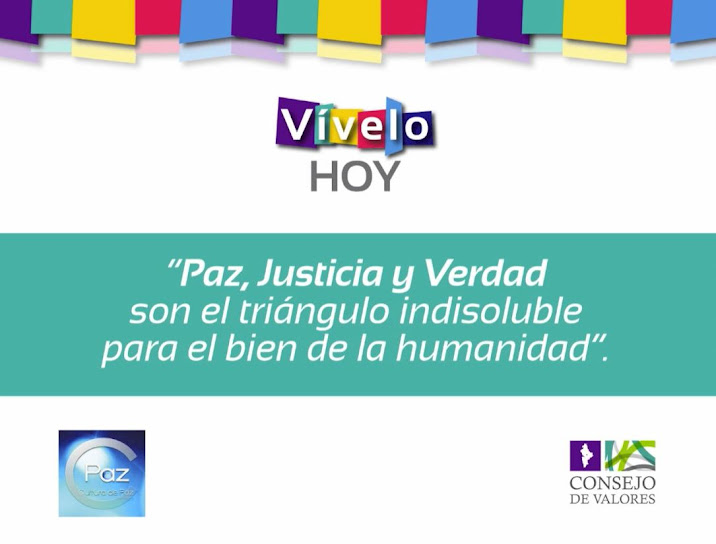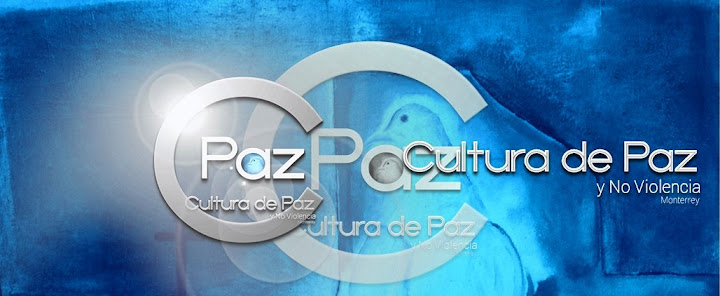Alfas, New Year 2019: If 2018 was the Year of Migration, as key theme, then 2019 shapes up as the Year of Health. Many leaders say so, including the former UN Secretary General Ban Ki Moon (former South Korean foreign minister).
And more important in this little spot on our vast Planet Earth: the remarkable Alfas mayor, Vicente Arques, says so. He wants Alfas to be L’Alfàs, Living LAB Saludable, Alfas, Live Health Laboratory.
Arques wants health as a key factor among other concerns, “in the framework of a complex, global and interrelated municipality, finding equilibrium between the aspects of a competitive, cohesive economy, social development and a sustainable environment and culture”.
Arques also wants health tourism: to Alfas in search of health; and tourism as such, including travel, hotels and food, made healthy.
A number of meetings have already been dedicated to health with more to come. Some quite technical, including research and dialogue on the ideal type of wood for hospital beds; not on the list of global problems before the meeting in Alfas drawing on all the resources of the province of Alicante and the Universidad de Alicante.
However: many speakers, only barely above 40, with clear ideas about what brings about health, did not look healthy. Plenty of fat in wrong places and beer belly on top of that, dragging their feet.
And that in Spain where gracias a la vida, thanks to life, to life as such, not thanking anybody, be that God, or Woman with some male contribution (hurrah for that little contribution, by the way).
Being 88 and suffering from nothing, what is my health formula?
Food low on carbs: low on bread, easy; on sugar-sweets, not easy. But better with a positive formula: high on cheese. There is so much to choose from, like gorgonzola and tallegio from, Italy; and France seems to be made of cheese, like brie and Camembert. Thanks to both.
A Norwegian specialist on nutrition, TRANSCEND member Dag Viljen Poleszynski (viljen@vof.no) adds another dimension: no nutrition, fasting. Everybody focuses on what to eat and what not, indeed important; but Poleszynski adds to the diet not eating; in other words, fasting.
A basic point is to give the digestive system some rest. Let the body tidy itself in peace, quietly repairing possible damages. Digestion requires energy that the body might need for other purposes.
Poleszynski lists some variations on the fasting theme:
Eating only 4-6 hours during 24 hours; drinking water with lemon. The stomach then rests 18-20 hours; the minimum would be 12-13 hours.
Eating every second day as usual, the other day some vegetables.
Fasting as above, but only one day a week.
Fasting for 3-4 days sometimes annually, for internal renovation.
Fasting 7-8 days once annually.
Fasting 3 weeks as therapy when ill, maximum effect from week 3.
Going for #1 above: late breakfast 10 am, solid lunch 2 pm, avoiding “snacking”, but drinking much water, with lemon or chufi. Stomach rest 3 pm-10 am=19 hours; Poleszynski recommends 18-20 hours.
Add taste and beauty. Food should be not only “nutritious” but also “delicious”, giving immense pleasures to the taste buds. And beauty to the eyes; foods have shapes and colors, like art.
But, the Norwegian brown bread with goat cheese, hopeless case? Not at all; cut the bread slice round with cheese curled on top, add some color. By the way, a fried egg with bacon has much beauty.
There is much more to food than calories, proteins and vitamins. Time is overdue for the nutritionists to broaden their perspectives. My wife just served delicious lobster, painting the dining table with strong lobster color, with green vegetables, with rice and couscous.
Health from food? Yes, but with taste, and with beauty.
Health from exercise? Yes, but also with taste, and with beauty.
There is Churchill’s famous answer when he turned 90 and was asked how he made it on a diet high on whisky and cigars: no sports.
Sports champions have lower life expectancy, one reason possibly being overusing their body, another using their body unnaturally. Many sports draw on some muscles so much more than others that the asymmetry cannot possibly be good for the body.
Sports champions have lower life expectancy, one reason possibly being overusing their body, another using their body unnaturally. Many sports draw on some muscles so much more than others that the asymmetry cannot possibly be good for the body.
Walking looks fine, but in fact uses the lower part of the body much more than the upper part. Walking with two sticks should help.
Swimming and running are excellent, being more symmetric. But, in media res, neither too little, nor too much, all with moderation.
Jogging? Marathon? Maybe OK, but was the human body designed for long term sprinting? Short term yes, like for flight, and for walking indeed, unlimited, sustained with water and vegetables.
Competitive sports? Fun, but with a problem: it produces winners and losers, even permanent winners and losers; the former basking in glory, the latter steeped in trauma. Neither is healthy.
Nor does a society high on winners and losers exude health.
But, through competition we improve ourselves?
Yes, but there is an alternative: competing with oneself to improve oneself. Setting one’s own goals; when met, setting new goals.
And there is another alternative: cooperative sports. Two persons can cooperate to keep a badminton ball in the air as long as possible. But would that couple not start competing with some other couple? OK, maybe we cannot beat beating, but we can move toward more cooperation.
For mutual, and equal, benefit. Bringing about more horizontal societies of persons; and societies of societies: regions and worlds. There would still be conflicts but the stage is set for moving forward with dialogues, not being stuck in steep and deep structural violence.
With that, TRANSCEND wishes our 70,000+ contacts around the world and everybody else a 2019 with Health. Have much fun–basic to health.
Johan Galtung. Profesor de estudios sobre la paz, fundador de la Red de Transcend para la Paz, el Desarrollo y el Medio Ambiente y el rector de la Universidad de TPU Paz . Ha publicado 164 libros sobre temas de paz y afines.













